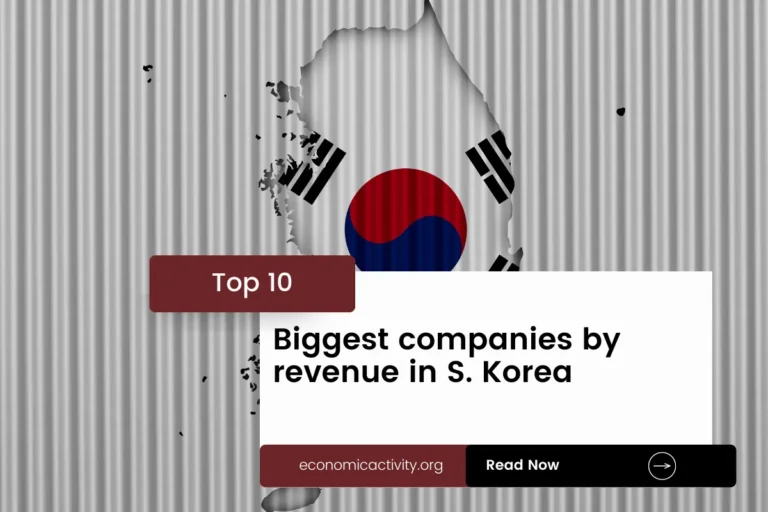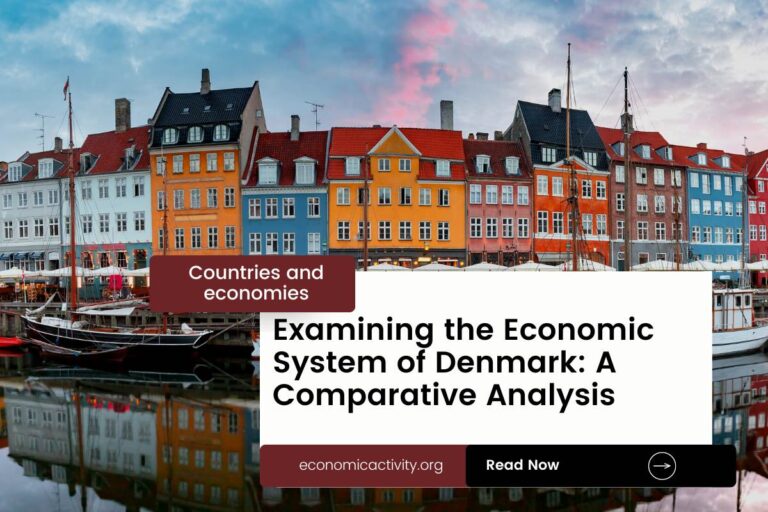El Salvador, with a population of 6,336,392, is ranked 107th in the world, just behind Turkmenistan. Located in Central America, it covers a total area of 21,040 square kilometers, ranking 143rd globally, just below Israel.
El Salvador’s economic position in 2022 is characterized by a GDP of $32,488,720,000, ranking it at 100 globally. It is closely behind Estonia, which has a GDP of $38,100,812,958.51. El Salvador’s GDP per capita stands at $5,127.32, placing it at the 110th position worldwide.
It lags behind Tuvalu, which has a GDP per capita of $5,221.53. Despite facing challenges, El Salvador’s economy shows potential for growth and development in the coming years.
What are the economic activities of El Salvador?
- Primary activities: 12% of GDP.
- Secondary activities: 27.7% of GDP.
- Tertiary activities: 60.3% of GDP.

Primary Sector of El Salvador
El Salvador’s primary sector, primarily focused on agriculture, thrives due to its favorable climate and abundant natural resources. With 57.71% of the country’s land dedicated to agriculture, El Salvador produces a diverse range of products including sugarcane, maize, milk, chicken, beans, sorghum, coconuts, oranges, eggs, and yautia.
Despite contributing 12% to the GDP, agriculture plays a crucial role in the economy by providing employment and sustaining livelihoods. The variety of crops and animal products highlights the sector’s significance, ensuring food security and supporting the country’s agricultural growth.
The country’s diverse geology provides abundant natural resources, including hydropower, geothermal power, petroleum, and arable land. These resources drive the economy, with hydropower and geothermal power contributing significantly to the energy sector, while petroleum extraction supports the industrial sector. The fertile arable land sustains agriculture, a vital economic activity in the region.
Secondary Sector of El Salvador
What is the secondary sector or what are secondary activities?
The secondary sector comprises industries that transform raw materials from primary activities into finished products for consumption. In El Salvador, main industrial products include food processing, beverages, petroleum, chemicals, fertilizer, textiles, furniture, and light metals. These products are manufactured for domestic consumption and exportation.
Manufactures play a crucial role in El Salvador’s total exports, accounting for 74.20329% in 2023. This highlights their significant contribution to the country’s economy and trade balance.
Tertiary sector of El Salvador
What is the tertiary sector or what are tertiary activities?
The tertiary sector in El Salvador encompasses services that focus on enhancing productivity and meeting needs through knowledge and time. Key activities include restaurants, healthcare, education, banking, communication, media production, and tourism. These services play a crucial role in driving the country’s economy and meeting the diverse needs of its population.
Of particular importance, El Salvador’s economy heavily relies on tourism, contributing significantly to its GDP. With 2,639,000 annual arrivals, accounting for 0.4165 of its population, the industry thrives. Popular destinations like the Ruta de las Flores and the coastal region of La Libertad attract visitors, boosting local businesses and employment opportunities.
Another example of tertiary economic activity is the mobile cellular sector, with over 11 million subscriptions, supporting technological growth. This connectivity fosters innovation, enhances business operations, and drives digital services.
Military Activities and Economic Sectors of El Salvador
The military is a strong example of many economic activities working together. In the primary sector, resources are extracted for military use, like metals for weapons. The secondary sector focuses on manufacturing military equipment, such as vehicles and gear. The tertiary sector includes services provided by the military, like training and support. The quaternary sector involves military research and development, while the quinary sector handles high-level decision-making and strategy.
In 2023, El Salvador’s military expenditure was $453.7 million, which is 1.32% of its GDP. The country has an active military force of 24,500 personnel. This means there are about 8.3 active military members for every 1,000 people in the population.
International Trade of El Salvador
Import Activities of El Salvador

The import activities of El Salvador are of high importance, with total imports in 2023 reaching $1.8 billion, accounting for 55.62% of the country’s GDP.
El Salvador’s main import activities include refined petroleum, garments, natural gas, plastic products, and plastics. The country’s top import partners are the US (30%), China (16%), Guatemala (12%), Mexico (8%), and Honduras (6%).
Exports Activities of El Salvador

In 2023, El Salvador’s total exports amounted to $10,129,309,989.63, with exports accounting for 31.18% of its GDP. This places the country’s export activities at a medium level of importance, contributing significantly to its economic growth and stability.
El Salvador’s export activities are diverse, with key partners like the US, Guatemala, Honduras, Nicaragua, and Costa Rica. The country primarily exports garments, plastic products, electrical capacitors, fabric, and raw sugar.
El Salvador economy challenges in 2024
El Salvador faces challenges in 2024 with a growth-challenged economy relying on remittances, a dense labor force, and aggressive COVID-19 stimulus. New banking regulations aim to boost the economy, but disruptions from earthquakes, tropical storms, and crime persist, alongside widespread corruption.




Leave a Reply